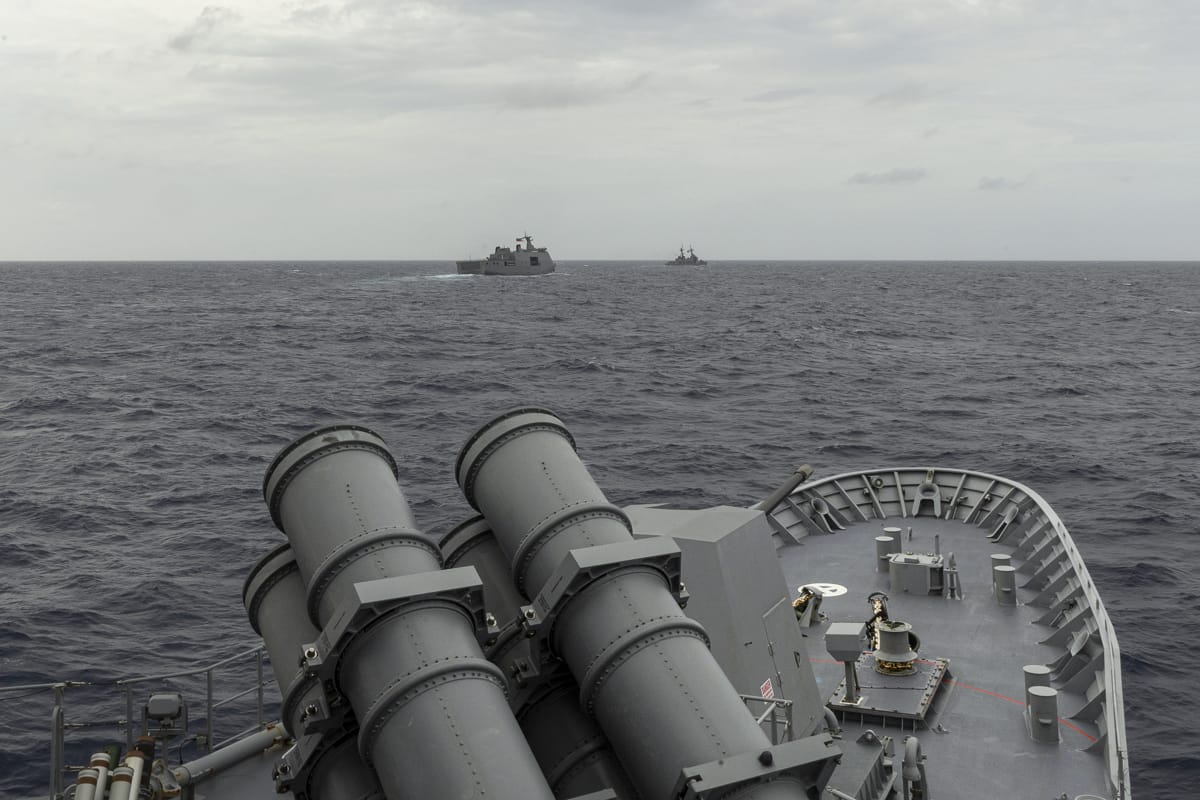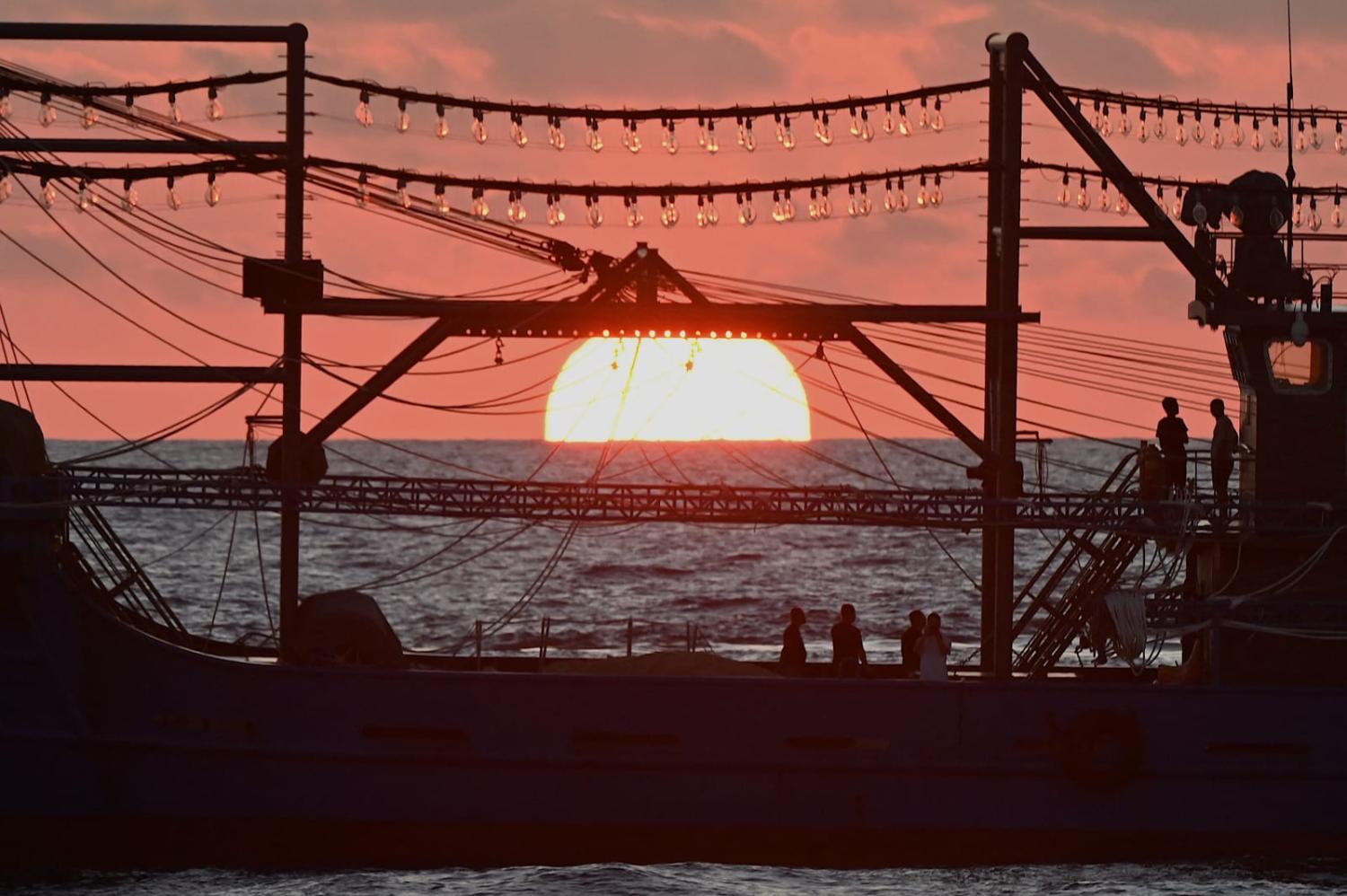The failure of the Association of Southeast Asian Nations to secure a substantive joint statement to address South China Sea disputes at last year’s leaders’ summit and the more recent meeting with Australia this month in Melbourne brought back memories. Similar efforts failed in 2012 and 2016. The consensus decision-making model of the organisation can be a weakness, especially in times of crisis, underscoring China’s divisive impact on the group. In the past, Cambodia has been accused of being an obstacle. It’s a number that seems to be growing.
For years, ASEAN members have adhered to a hedging strategy to ensure that ties with the United States – which provides both economic benefits and a security umbrella – and China – which offers largely economic benefits – remain positive. This has become increasingly difficult as China continues to grow in strength while reservations grow about US commitments in the region.
Among ASEAN members, the Philippines, partly supported by the United States, has taken a more assertive stance over China’s aggressive actions near its territories. Most recently, and during the talks in Melbourne, vessels from the Philippines and China collided on 4 March in the disputed area, leaving four Filipino crew injured. This was not an isolated incident.
For the Philippines, hedging is a luxury it can no longer afford. Philippine President Ferdinand Marcos Jr said at a Lowy Institute address during his visit to Melbourne that he had a duty to defend his country’s territory in the South China Sea against Chinese actions in the pursuit of their own competing claims.
This shift includes withdrawing from China’s Belt and Road Initiative and prioritising geopolitical concerns over economic gains, a move few other nations in the region have made. Manila’s stance may stem from growing US support, evidenced by defence cooperation agreements and promises to upgrade key defence bases. This shift is also possibly driven by desperation as efforts to extract a meaningful solution via ASEAN have to date been unsuccessful. The Philippines is taking a calculated risk. The United States is in election mode and should Donald Trump regain the presidency, it is uncertain whether the United States will remain committed to the region or fulfil its obligations to its allies. Recent comments emanating from Taiwan seem to indicate some of these fears.
For this reason, the Philippines needs to engage with other Asian powers, namely the three other members of the Quad – Japan, Australia and India. Efforts to strengthen Japan-Philippines defence cooperation has intensified since Prime Minister Fumio Kishida’s visit to Manila last year. Both sides are hoping to have an agreement signed soon that would allow the deployment of military forces on each other’s soil. This is a significant development. The first trilateral US-Japan-Philippines leaders’ summit, scheduled for April 2024, is likely to bring Manila and Tokyo into a tighter embrace.
The Philippines and Australia upgraded their relations with the signing of a strategic partnership last year, which also covers defence cooperation. The two sides have pledged to bolster “bilateral and regional cooperation between maritime policymaking, administration, security and law enforcement agencies through dialogue and coordination, practical engagement and capacity-building activities”. Further bilateral joint patrols in the South China Sea and in areas of mutual interest to support regional peace and stability are also on the cards.

Defence cooperation has also increased with India. As part of its 15-year modernisation program, the Philippines has procured BrahMos, a missile system jointly developed by India and Russia. The Brahmos ground system arrived in the Philippines this year, while the missiles are expected to soon be delivered. A weekend visit by India’s Minister of External Affairs Subrahmanyam Jaishankar sent a strong statement on cementing the relationship. India has, in the past, offered a line of credit to the Philippines to procure Indian military equipment. Defence procurements from India (possibly joint production also) could play a crucial role in boosting bilateral ties as well as Manila’s defence preparedness.
Beyond the Quad, the Philippines and Canada have established a Memorandum of Understanding for enhanced defence cooperation. Closer to home, the Philippines has signed deals with Vietnam to boost coastguard cooperation amid shared concerns with the developments in the South China Sea.
Politically, the public is so far supportive of Marcos’ stance on China. In a recent poll, six out of ten Filipinos agreed with Marcos’ response to the dispute. This would be in line with previous Pulse Asia surveys that reveal a generally more trustful attitude towards the United States and strong wariness of China. China’s attempts to reprimand the Philippines in its statements will only galvanise Filipino support for their president’s stance.

